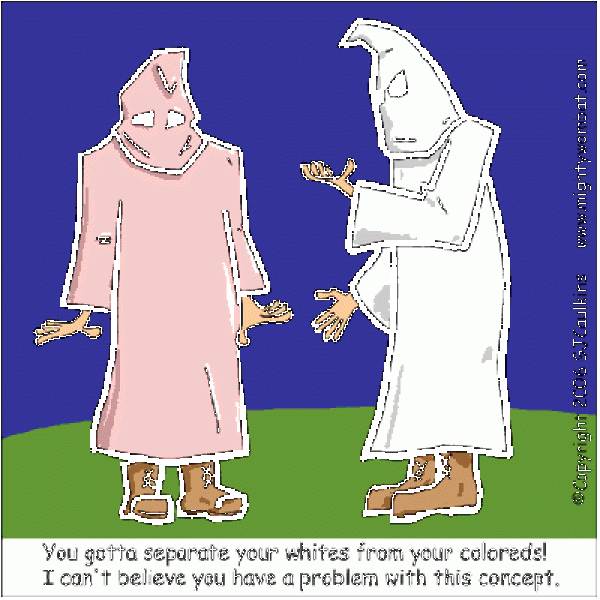

4 As in our study, however, the authors found that judges did not act on these associations in making judgments when the ethnic background of the parties was salient. Bennett, and Koichi Hioki showed that judges harbor invidious implicit associations concerning Asian Americans and Jews. Other studies have expanded on our initial findings. We encourage judges to maintain that kind of vigilance in their courtrooms as well. We concluded that judges were on guard when race was mentioned overtly. When we subtly suggested the defendant’s race, however, the judges’ implicit associations influenced their judgment. In effect, when we overtly identified race, judges did not treat Black and white defendants differently. Judges who harbored a strong white-good/Black-bad association imposed harsher penalties on the defendant we had suggested was Black. We found that implicit biases correlated with judgments. In this part of the study, we used a subliminal priming technique and contextual cues to suggest that the defendants were either white or Black, rather than merely identifying their race outright. The same judges, however, showed an influence of implicit bias in their judgment of juvenile offenders. 3 White judges in our study, however, expressed no difference in conviction rates. Ellsworth, who found that white lay adults given the problem were more likely to convict the Black defendant than the white defendant (90 percent versus 70 percent). We gave judges two versions of this case: one in which the defendant was white and the victim was Black and one in which the races were reversed.

The defendant alleged self-defense, although his claim was weak. One of the cases described an 18-year-old defendant charged with battery arising from a fight in a high-school locker room.
COURTS SLUR ROOT OUT RACISM CLERK SERIES
In one study, we asked judges to assess a series of hypothetical cases in which we manipulated the race of the defendant. In fact, we have some evidence that judges sometimes can avoid relying on their implicit associations when making judgments.

Commitments like these could motivate judges to avoid relying on implicit biases.
COURTS SLUR ROOT OUT RACISM CLERK CODE
Judges take an oath to be impartial and follow a code of ethics that demands that race does not play a role in their decisions. What is more important for judges, however, is whether this bias affects their decision-making. These results suggest that judges are no different than most adults in the United States. 2 Black judges expressed a more complex pattern, with some judges showing the same white-good/Black-bad association as white judges, but an equal number showing the opposite preference. For example, in our study using the implicit association test, we found that 80 percent of white judges more strongly associated Black faces with negative words, and white faces with positive words. We know that judges harbor many of the same implicit associations as most adults. Our research suggests that the influence of unconscious bias on judges is subtle. What has your research shown about whether unconscious bias influences judges? in psychology, and Wistrich previously served as a magistrate judge of the United States District Court for the Central District of California the two professors have published several studies on judicial behavior. 1 To better understand the effect of implicit bias in the courtroom, Judge Bernice Donald of the United States Court of Appeals for the Sixth Circuit talked with Professors Jeffrey Rachlinski and Andrew Wistrich of Cornell Law School. But these same brain processes also can lead to overgeneralization and discrimination via “implicit bias,” which describes a prejudice, stereotype, or presumption made about certain groups or populations pre-reflexively, or without conscious knowledge of that bias. A properly functioning brain recognizes certain patterns and even makes generalizations about what it observes.


 0 kommentar(er)
0 kommentar(er)
